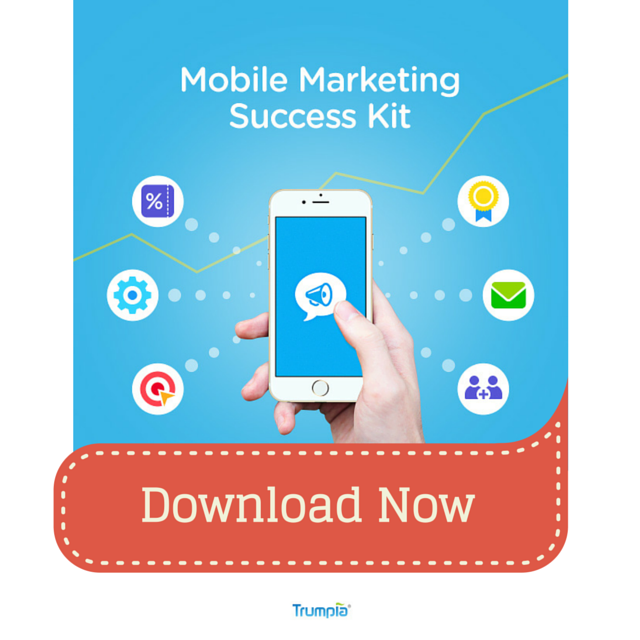 Copyright: bloomua / 123RF Stock Photo
Copyright: bloomua / 123RF Stock Photo
The answer is “yes.”
The question, of course, is whether text messages, images, or both, are the most effective ways to contact current or potential customers.
Each choice brings different advantages and disadvantages. But the end result is the same: end-users like being contacted on devices that they’re familiar and proficient with, and smartphones can make it easy to check out offers and even buy stuff.
Whether you’re sending customers a SMS (short message service) message like text advertising, or a MMS (multimedia message service) note, which can contain an image, video or other non-text elements, either format can be appreciated and enjoyed by users. Either one can also show recipients that you’re serious about reaching out, and either method may achieve positive results for your overall marketing efforts.
This quick overview may help clarify key differences and provide some guidance to marketers trying to create a smart strategy.
- The creation process. A MMS and a SMS can both start out the same – a short note intended to get customers excited about or interested in something. With a SMS, senders have a limit of 160 characters to persuade customers to want to know more and to click on an enclosed link. In a MMS situation, the note can include an image and even a little bit of text, but no limits.
- The sending process. Texts are sent to a gateway, which then sorts them by carrier and sends them to users from the different carriers. If their phone package is set up to receive texts, then they’ll be able to access it. With MMS, the messages are sent to a gateway and then sent online so the recipient can view them via their phone’s browser. They may be blocked along the line, such as if phones can’t display multimedia messages or the user hasn’t signed up for texting. Some SMS messages may need to be sent via cellular if Wi-Fi is unavailable. iPhones, for instance, require cellular service, and some phones won’t allow you to send texts.
- Security concerns. Message content and message security don’t usually have anything to do with each other. But in the case of MMS advertising, the format of a message can sometimes trigger all sorts of safety concerns. Messages with embedded photos can be just that, but they could also include potentially dangerous scripts, spoofed info, unwanted large images that take up system memory, code that allows others to access your files, or other security risks. Phone owners can configure their devices to limit MMS behavior, such as blocking automatic downloads or file execution. We saw this earlier this summer with prevention efforts around the StageFright vulnerability exploit. Droid owners were warned that watching a video which was attached to certain message could cause their phones to become vulnerable to a remote attack.
- How it looks. MMS marketing efforts can be more impressive than text advertising, from a purely aesthetic perspective. Instead of “just words” trying to persuade a recipient to take a recommended action, recipients can see a photo that conveys the same concept. It can be like the difference between a travel agent texting out a note to her subscribers talking about an upcoming sale on travel packages to Hawaii, or the agent sending out MMS messages that contain a visually appealing image of a stunning Hawaiian landscape.
- Extra info. Either type of messaging can be used to send out initial information about a particular offer or promotion. Both types can also be used to continue a conversation and build customer loyalty. For instance, you can send a “welcome!” text to someone who just subscribed/opted in to further contact from your business. Or you can send a MMS with perhaps a downloadable coupon or a short video clip to enjoy. It can even be part of a campaign.
- Customer input. If you use an automated service or software to reach your customers via text, they won’t always be directly responding easily. However you can provide a short code and keyword/keywords which they can text back. With MMS, they can send you photos or video clips directly from their phones.
- Try them together. Smart marketing professionals shouldn’t automatically think of MMS and SMS as separate, parallel tools for separate audiences. Both can actually be used simultaneously to complement each other and better build up enthusiasm in your customers. For instance, a campaign can include a MMS contact followed by a text advertising contact or vice versa.
Overall, text advertising can be a useful solution to customers who always have their phones handy. Going beyond this with video files or images can also be effective. For more strategies using both or either method well visit Trumpia.com.
.png?width=143&name=trumpia_bloglogo%20(2).png)



